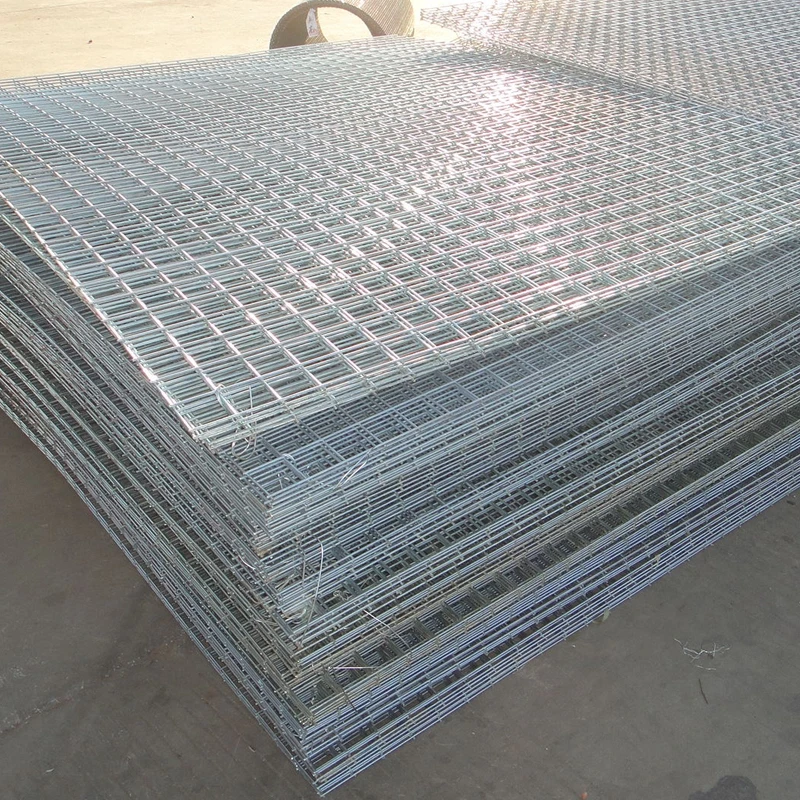Types of Building Nails A Comprehensive Overview
Nails are a fundamental component in construction and carpentry, serving as vital fasteners that hold various materials together. Understanding the different types of building nails is crucial for selecting the appropriate one for specific projects, as each type is designed with unique characteristics to suit various applications. This article will explore some common types of building nails and their specific uses.
Common Types of Building Nails
1. Common Nails Common nails are versatile fasteners characterized by their thick shank and flat head, making them suitable for general framing and construction. They typically range in length from 1 to 6 inches. Common nails are primarily used for joining framing members, such as studs, beams, and joists. Their sturdy structure provides excellent holding power, ensuring durability for heavy-duty applications.
2. Finishing Nails Finishing nails feature a smaller head and a thinner shank, designed to be less visible after installation. They are typically used for attaching trim, molding, and cabinetry, where appearance is important. Finishing nails can be driven in slightly below the surface, allowing for easy concealment with putty or paint, which enhances the aesthetic appeal of finished carpentry work.
3. Box Nails Box nails are similar to common nails but are thinner and have a smaller head. They are primarily used for assembling light-duty construction, including wooden boxes and crates. Their design reduces the risk of splitting the material, making them ideal for fastening softer woods or thin materials.
types of building nails

4. Spike Nails Spike nails are heavy-duty nails that are much longer and thicker than standard nails. They are often used in construction for structural applications, such as securing large timbers or roofing structures. Their robust design provides superior holding strength, making them suitable for projects that require additional stability.
5. Roofing Nails Roofing nails have a large, flat head and a sharp point, specifically designed for fastening roofing materials. The large head ensures a secure hold on shingles and prevents them from lifting due to wind or weather. These nails are generally galvanized or coated to resist rust, ensuring long-lasting performance in outdoor environments.
6. Masonry Nails Designed for use in concrete or masonry, masonry nails are made from hardened steel to withstand the tough materials. They often come with a fluted shank to enhance gripping power when driven into hardened surfaces. These nails are commonly used for attaching wood to masonry or concrete walls.
7. Brad Nails Brads are thin, short nails designed for light-duty applications. With a smaller head than finishing nails, they are frequently used in delicate tasks like attaching thin trim or decorative elements without causing damage to the wood.
Conclusion
Choosing the right type of nail for your building project requires an understanding of each nail's design and intended use. Whether you are framing a house, installing trim, or working on a DIY project, the appropriate nail can significantly impact the integrity and aesthetic of the work. By familiarizing yourself with the different types of building nails, you can ensure a successful and durable construction outcome.

















